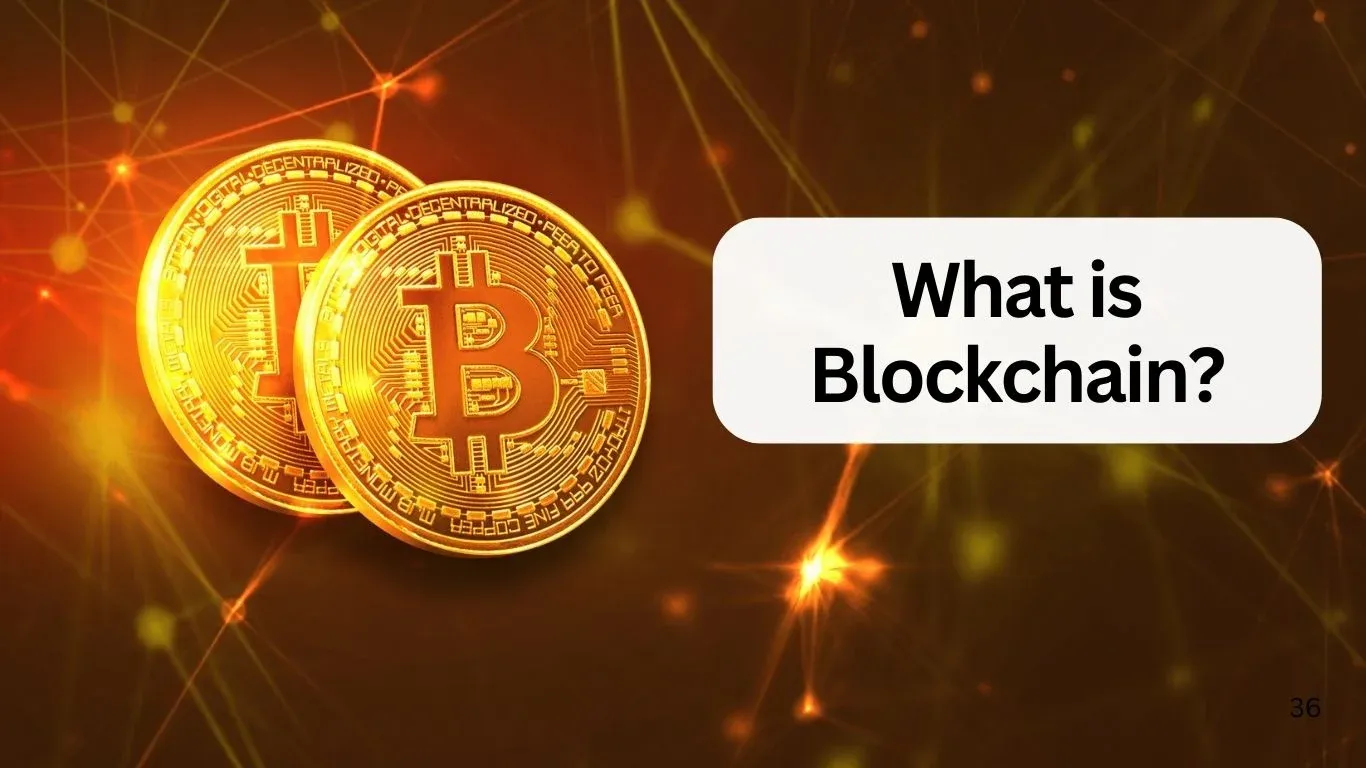What are the Key Features of Blockchain Technology?
Updated: 12 June 2025, 2:57 pm IST
Summary
This blog explains the key features that make blockchain technology revolutionary. From decentralization and immutability to transparency and enhanced security, each feature contributes to its growing use in industries like finance, healthcare, and supply chains. A must-read for anyone looking to understand blockchain's core principles and future potential.
Today, everyone is talking about blockchain and its revolutionary technology. However, many people have very little knowledge and understanding of the technology. In this blog, we will understand what blockchain is and the key features of blockchain technology. Having a clear understanding will help you stay updated on the ways the world is moving forward.
Get Complete Details From Expert
What is Blockchain?

In layman's terms, a blockchain is a decentralized and distributed ledger. A blockchain database is immutable and transparent as data cannot be altered. 'Blocks' store data in chronological order, forming a chain. It offers built-in mechanisms that prevent unauthorized access. Virtually every type of data can be stored in a blockchain through a feature called tokenization.
Let us understand blockchain technology with an example. Suppose you are buying a car from someone. After you pay the advance, the buyer might claim that you haven't. Similarly, you may claim you have paid the advance while not doing so. This is where blockchain technology saves the day.
With blockchain, the trust factor is established. Blockchain does not allow any tampering or modification of data. Therefore, you know a particular transaction or chain of events occurred, once it is entered in the network.
Key Features of Blockchain Technology
What makes blockchain unique are its features. Let us explore the key features of blockchain technology below:
Decentralized
Unlike a normal network, where a single person or organization oversees the whole process, blockchain facilitates a decentralized approach. This means that there is not a single point of authority. The system puts every user equally in a position of authority.
Decentralization provides innumerable benefits, security being the number one. Since the system distributes itself throughout the network, a single point of failure does not affect the whole system. Moreover, it protects against hackers as well.
Immutable
One of the key features of blockchain technology is immutability. Data cannot be modified or changed in a blockchain, thus creating a permanent chain of events. This provides stability and users can store their assets without worrying about any third-party intervention. The immutable nature of blockchain is possible through ‘nodes’.
Unanimous
In a blockchain, a single participant cannot add a block without consent. Before adding any data, all users must agree that the data entered is genuine. This ensures every data is added to the network simultaneously and updates are done quickly. In most cases, before entering a blockchain, all users agree on the shared state of the blockchain.
Secure
Blockchain ensures that all individual data is secure. This is done through end-to-end encryption. Additionally, every piece of data has its own unique identity on the network. Therefore, blockchain technology facilitates security along with privacy, making it a ground-breaking technology.
Faster Settlement
Blockchain removes middlemen from transactional processes, enabling faster settlements. Moreover, system automation reduces human error. Both these features reduce settlement time significantly and make transactions much more efficient. If you want to learn more about blockchain and its uses, a blockchain online course would be ideal.
Components of Blockchain

Apart from key features of blockchain, it encompasses several components that make the technology what it is today. Let us explore them:
Nodes
A node refers to a single computer connected to the blockchain. Each node stores a copy of the blockchain partly or fully. There are three types of nodes, namely, full nodes, partial nodes and mining nodes.
- Full nodes: They capacitate the ability to accept, validate and reject any transaction. To do this, they store a full copy of the blockchain in their system.
- Partial nodes: Also known as lightweight nodes, they store the hash value of transactions. Since they only maintain a partial copy of the blockchain, these systems have low computational power.
- Mining nodes: They add the blocks to the blockchain through a process called mining. These nodes have very high computational power.
Ledger
A series of blocks comprises a ledger. Each block consists of a hash, a timestamp and a set of transactions. There are three types of ledger in a blockchain. They are:
- Decentralized ledger: As the name suggests, in a decentralized ledger no single node is in charge of executing the job. Instead, every node participates equally in the process.
- Public ledger: In this, everyone in the blockchain network can enter data. It is open to the public.
- Distributed ledger: This ledger functions by keeping a copy of the database in their computers. A group of nodes collectively verifies the data and updates a blockchain.
Cryptography
Perhaps one of the most crucial components of blockchain is cryptography. It plays an important role in ensuring security and protection. The main function of cryptography is to generate a hash, a unique code of any transaction. Every change generates a new hash, thus enhancing traceability and transparency.
To ensure authentic transactions, public and private keys are essential. A public key is a cryptographic key shared with everyone, while a private key is confidential.
Digital signatures, a groundwork for blockchain are made possible through this. They are possible through a sender's private key. Digital signatures are essential to verify the authenticity of any transaction.
Smart Contracts
Written directly into the code, smart contracts are self-executing contracts. They run on preset conditions. Once the conditions are met by participating nodes, the contract automatically executes itself. No human intervention is required for this, reducing time and costs. It has transformed the BFSI sector.
Tokens
As mentioned earlier, any asset can be stored in a blockchain. This could be land property, rights or transactions. Tokens are therefore a digital version of your asset. There are three types of tokens:
- Stable coins: They maintain a stable value in a blockchain.
- Utility tokens: Utility tokens provide access to any asset within the blockchain.
- Security tokens: These refer to real-world assets. They pass through various regulations and scrutiny.
Take the next step in your career ?
Conclusion
The components and key features of blockchain technology are the driving force behind this technology. In the digital landscape, the growing blockchain market has generated many different opportunities. A blockchain course will boost anyone and prepare them for the upcoming shift in the market.
With Amity Online University, you can become an expert in the field, from the comfort of your home. Ready to make an impact? Enrol today in the 2-year MCA in Blockchain and discover the growing opportunities.

